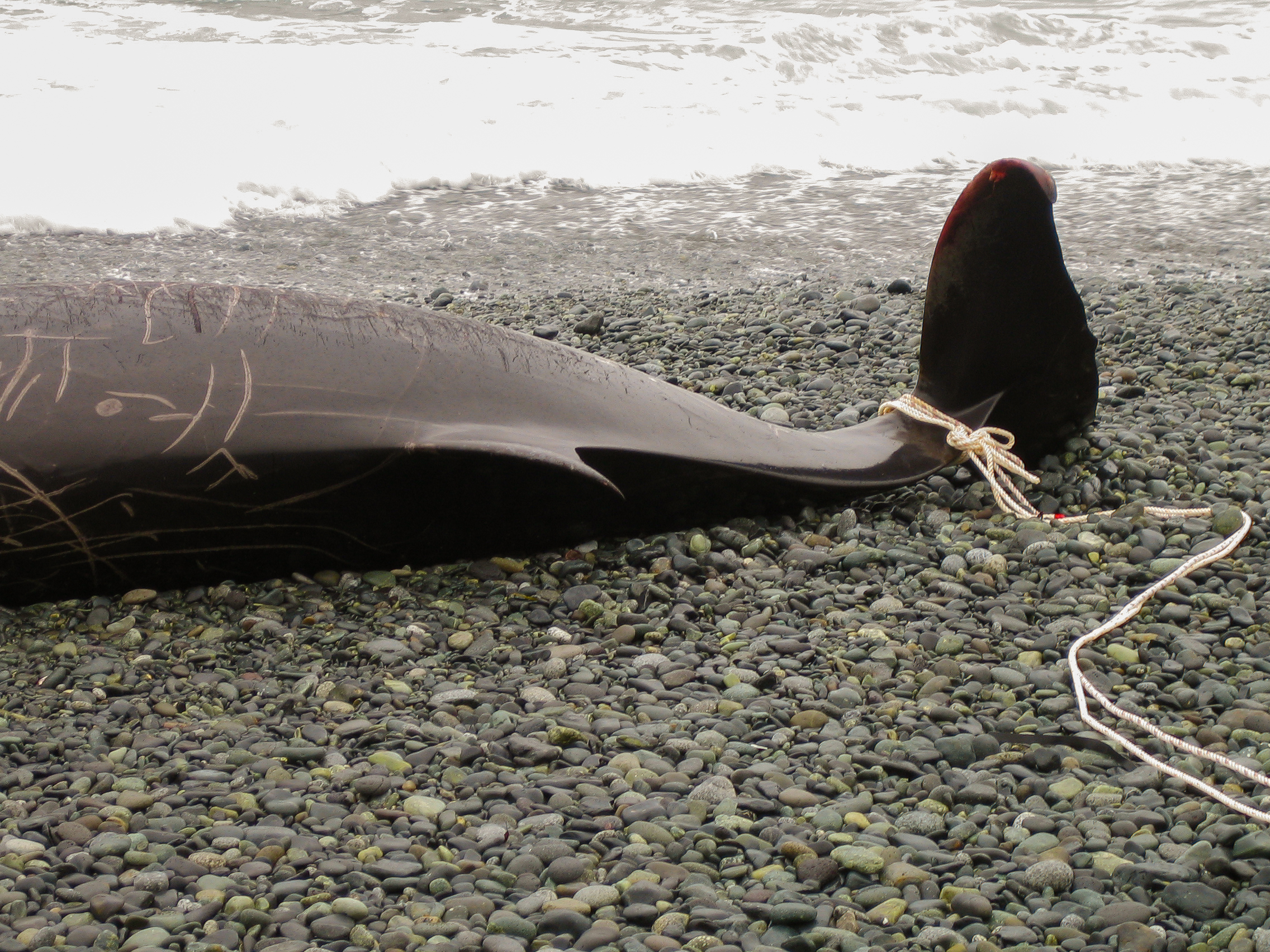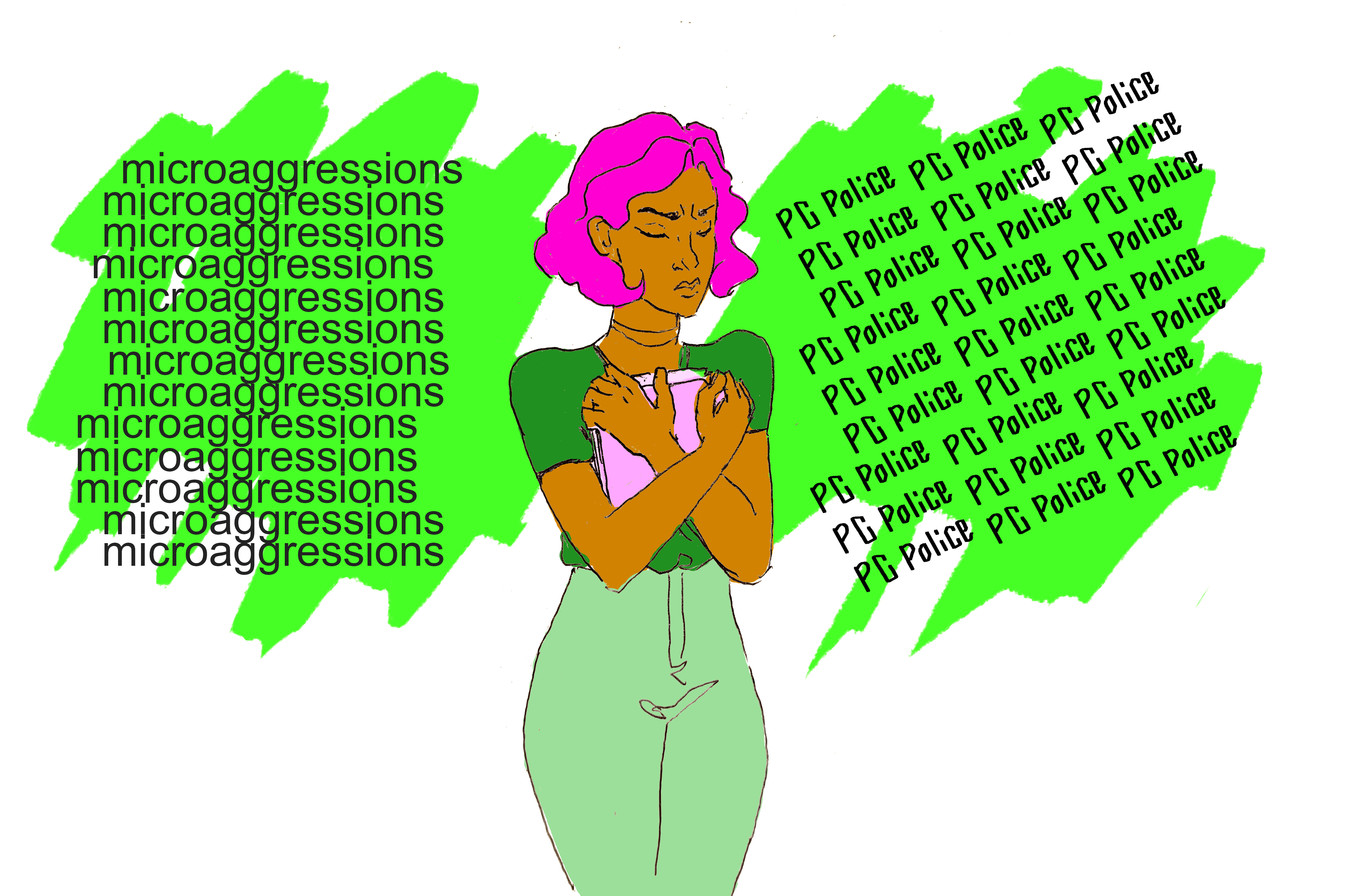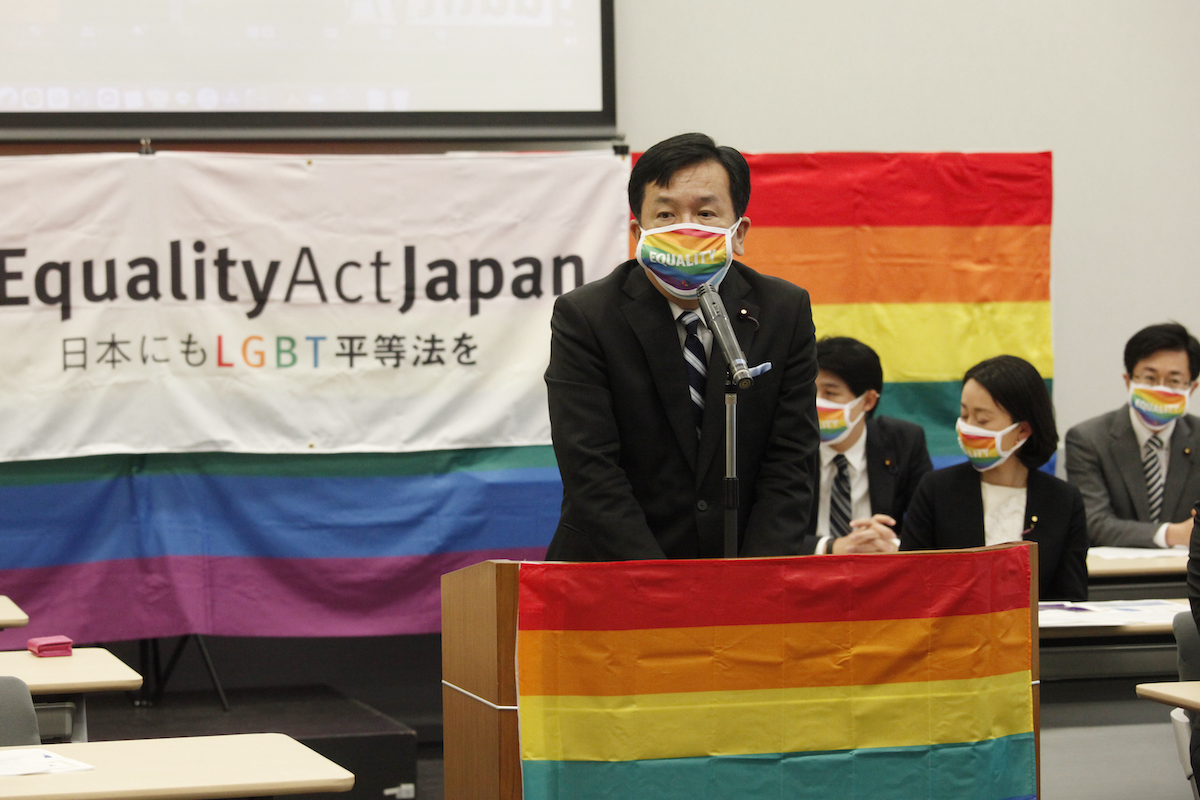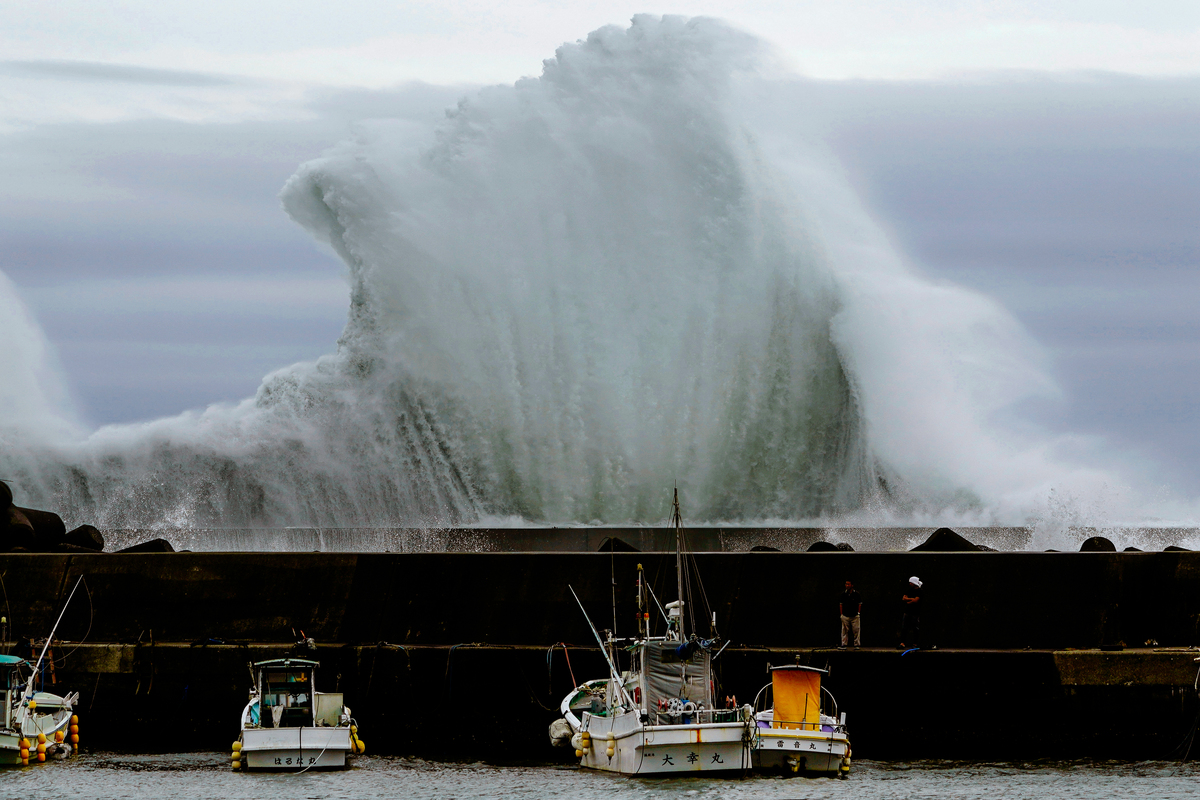Editor’s note: The Japanese era names found in this article are related specifically to the Godzilla franchise timeline. They do not reflect past or current eras.
A Godzilla sequel is on the way: Godzilla: King of the Monsters, from director Michael Dougherty of Trick ‘r Treat and Krampus fame, but since that doesn’t come out until next year, it’s a good time to watch all the previous Godzilla movies.
Fans split the movies starring Japan’s favorite monster into different eras, identifiable by distinct styles and tones, so here’s a little primer discussing a few favorites from each era. This is by no means definitive, of course, so the best way to decide which are your favorites is to watch all 28 Godzilla movies in one sitting. Give it a shot; I assure you it’s not a terrible idea.
Showa Era (1954–1975)
Godzilla (1954)
We’re required to start with the original. Born from post-war Japan’s fears of atomic weaponry, Godzilla in his debut role is a being of revenge against mankind. We created the atomic bomb, the atomic bomb woke Godzilla up, and now we must pay the price for creating such a weapon. Add to this heavy mix the incredibly loaded imagery that nuclear destruction carries in Japan and you’ve got a metaphor-laden monster movie like no other. The special effects by Eiji Tsuburaya, the godfather of rubber monster suits, hold up remarkably well. It’s the perfect place to start your Godzilla pilgrimage—by paying homage to the franchise’s dark roots.
Ghidorah, the Three-Headed Monster (1964)
You can point to this film as the rough beginning of Godzilla’s transformation from harbinger of annihilation to rough-around-the-edges antihero. Sure, Godzilla stomps on some cities now and then, but there are way bigger and badder monsters out there, and someone’s got to protect Japan from them. This film is also the first of the Godzilla team-up movies; the giant pterodactyl Rodan and the ever-rad Mothra put their differences aside to join Godzilla in fighting a three-headed dragon from outer space.
As if the increased monster count and high-quality suit effects weren’t enough, Ghidorah features one of the best human plots of the franchise: An amnesiac Japanese princess, claiming suddenly to hail from Venus, starts predicting monster attacks with frightening accuracy while assassins attempt to take her life. The movie becomes a fun mix of goofy political thriller and awesome monster action.
Godzilla vs Hedorah (1971)
Also known as Godzilla vs. The Smog Monster, this one’s a bit of an ugly duckling among the Showa period Godzilla films. Restrained by a much smaller budget than the previous films, Godzilla first-timer Yoshimitsu Banno turned out a film that the higher-ups at Toho reportedly hated. Instead of nuclear paranoia, the film features a heavy environmental message: the villainous creature is an alien microbe that grows and feeds off of pollution, becoming a giant, acidic blob that must be dealt with—by Godzilla.
The film preaches frequently about how humanity must learn to treat the earth better, but also punctuates its action with surreal, psychedelic special effects to make up for the rougher monster suit work. On top of this, the Godzilla of the film is a bit different from others in the franchise. Not just an antihero, the big G here is a tired, grumpy protector of the earth, whose vanquishing of Hedorah is one of the most brutal deaths in the series.
Heisei Era (1989–1995)
Godzilla vs. Biollante (1989)
Heisei era Godzilla flicks separate themselves from previous films by containing a full series of Godzilla movies: each film in this era leads into the next one. Biollante is the direct sequel to the soft reboot that started the era, 1984’s The Return of Godzilla, but the connections between movies are never intense enough that you must have seen the previous films to understand what’s going on. In this one, a weirdly complex b-plot sees a grieving scientist attempt to revive his daughter who died in a terrorist attack by merging her DNA with that of roses. This leads to the creation of a horrible rose bush monster. Biollante is one of the most impressive monsters in the franchise, with a combination of suit work, puppetry and a small army of stage hands required to bring the mass of vines and teeth to life.
The Heisei era saw a shift away from Godzilla as superhero into a more dangerous wild card for humanity, and the slightly darker characterization combined with the human plot’s goofy, overly intricate spy movie antics give the film a unique tone.
Godzilla vs. Destoroyah (1995)
The grand finale of the Heisei era, Toho heavily marketed Destoroyah as “the one where Godzilla dies!” The finality of such a claim doesn’t really last through the film itself, as we’re still stuck with a Godzilla when credits roll, but a morbid air lingers after the film nonetheless. Various characters from previous entries in the Heisei series are brought back—including Godzilla’s adopted son Godzilla Jr.— as the world is plunged into panic over Godzilla’s impending nuclear meltdown.
This version of Godzilla was not simply awakened by radiation, but born from it. The film’s various scientists propose that Godzilla’s heart acts like a nuclear reactor, and as Godzilla nears the end of his lifespan, his heart threatens to go critical and take the planet with it. However, the “Oxygen Destroyer” superweapon from the 1954 original accidentally creates a new lifeform that quickly evolves into a second global threat, and humanity is left hoping Godzilla can defeat one last monster before he dies.
This movie’s Godzilla is clearly in bad shape; his chest glows brightly as his heart nears critical mass, and steam escapes various cracks in his body. It’s a legitimately awesome suit effect, though it was apparently hellish for the actor playing the role.
Millennium Era (1999–2004)
Godzilla 2000 (1999)
This movie isn’t great and the villain monster is pretty bland, but at the end of the movie, a scientist wistfully looks off into the distance and says, “Maybe Godzilla is inside all of us.” It deserves a special mention for that, at the very least. If you remember nothing else from this article, remember that there’s a little bit of Godzilla in each and every one of us.
Godzilla: Final Wars (2004)
Final Wars is a complete mess. Stuffed to the brim with every monster you can ask for and the cheesiest, most overwrought plot for humans imaginable, it’s a production that threatens to crumble under its own weight.
Toho’s final send-off to Godzilla (until 2016 brought the radically different Shin Godzilla) is a fever dream of wall-to-wall monster fights and a brief depiction of New York that manages to be the most offensive thing ever put in a Godzilla film.
The plot has something to do with the Japanese government employing super-powered mutants to take down monsters in Godzilla’s absence; aliens dressing like extras from The Matrix and briefly pretending to be cool with humanity before unleashing a horde of monsters on us; and a gruff American general who intends to sword fight Godzilla to the death.
At one point, Godzilla fights the terrible dinosaur from the 1998 Roland Emmerich Godzilla—set to a Sum 41 song. The fight lasts all of thirty seconds before ’Zilla is turbo-murdered. That’s the sort of tone Final Wars is dealing with. You’ll either love or hate it for its excess, but it’s something you need to see to believe. As the last traditional Godzilla movie for over a decade, it’s a hell of a way to go out.






